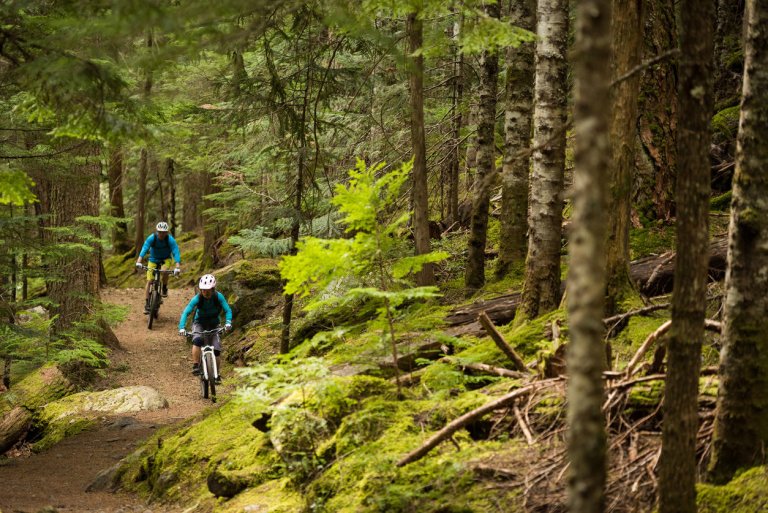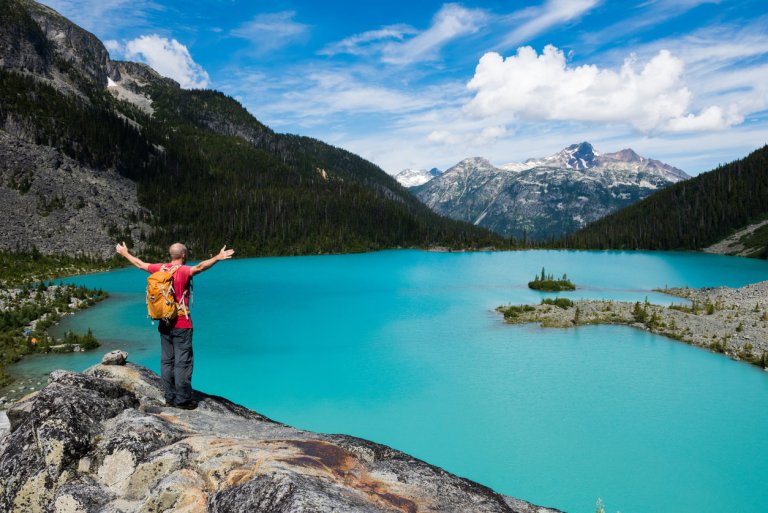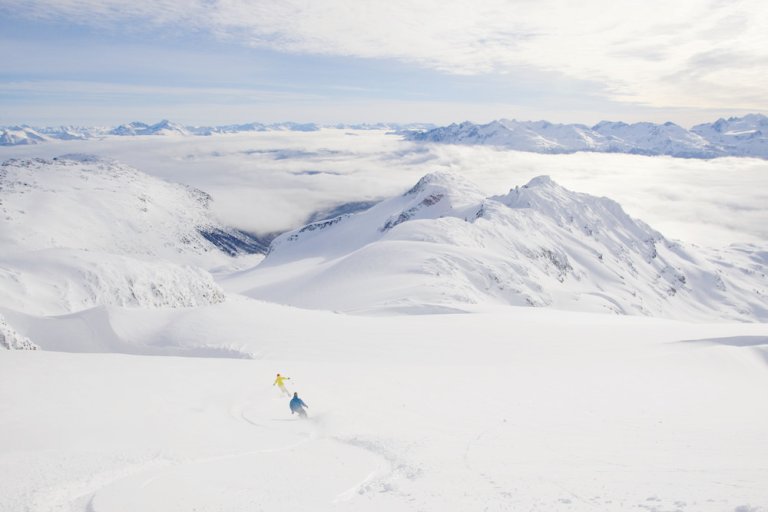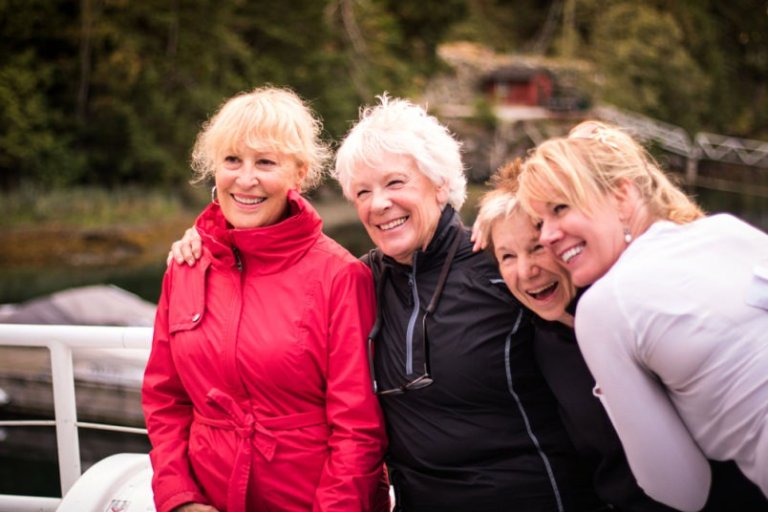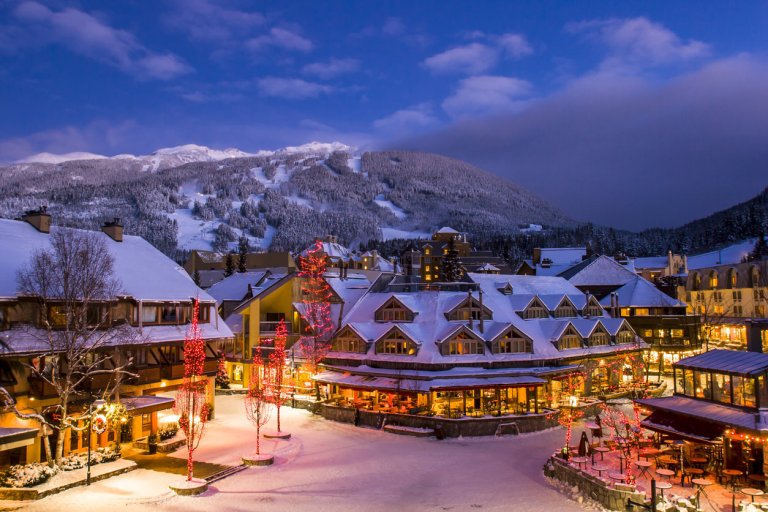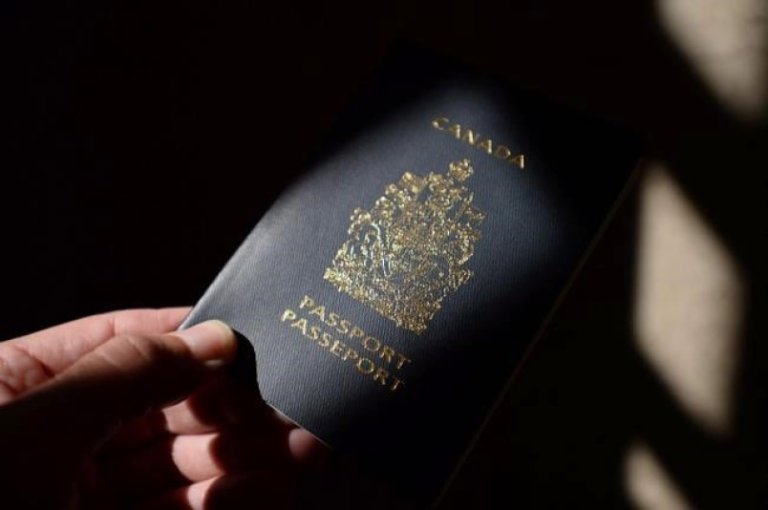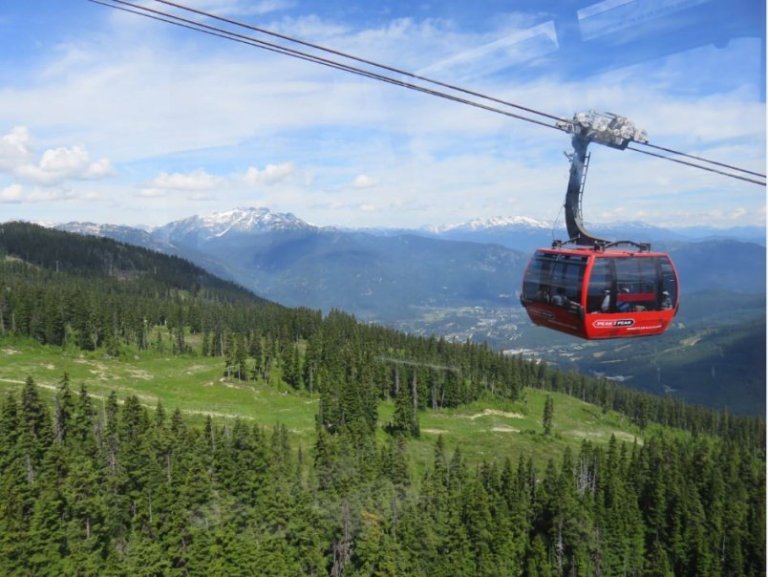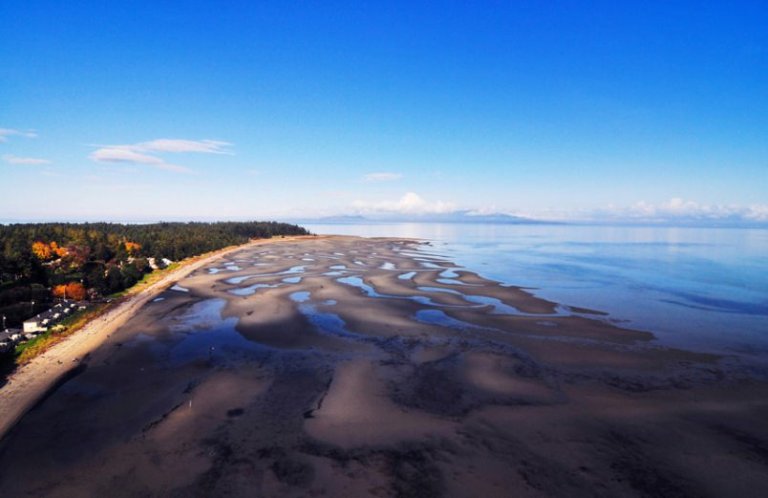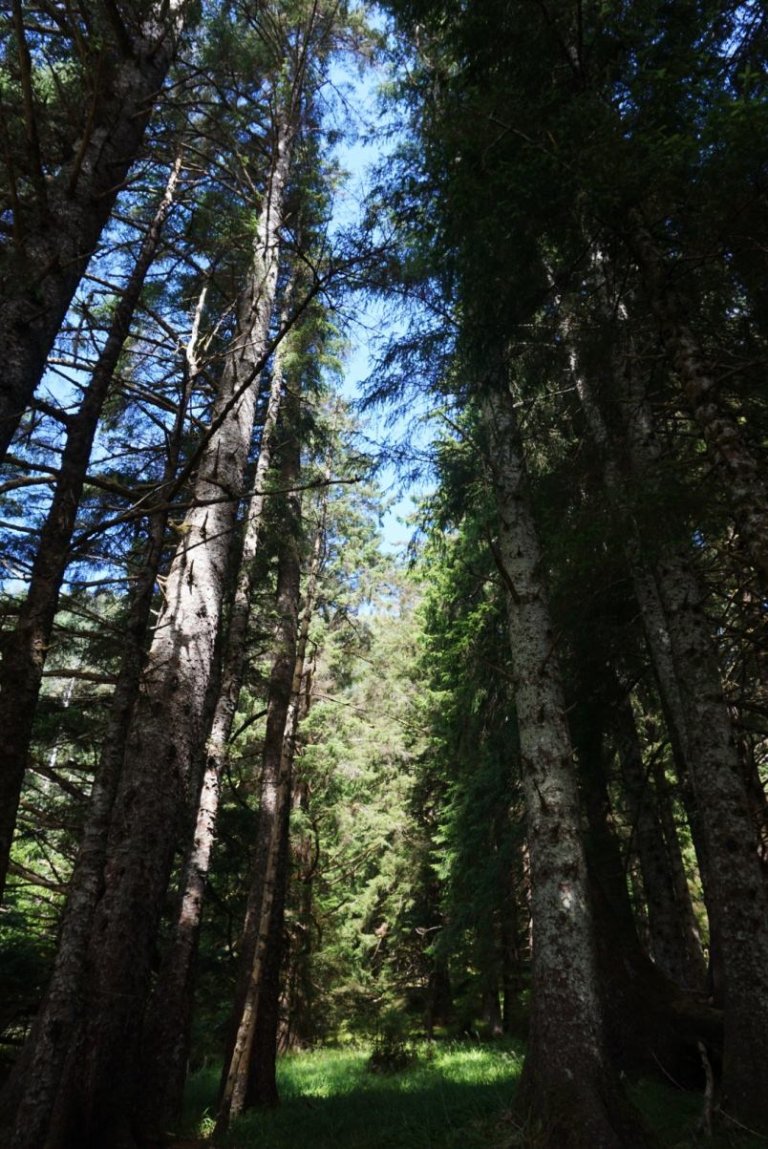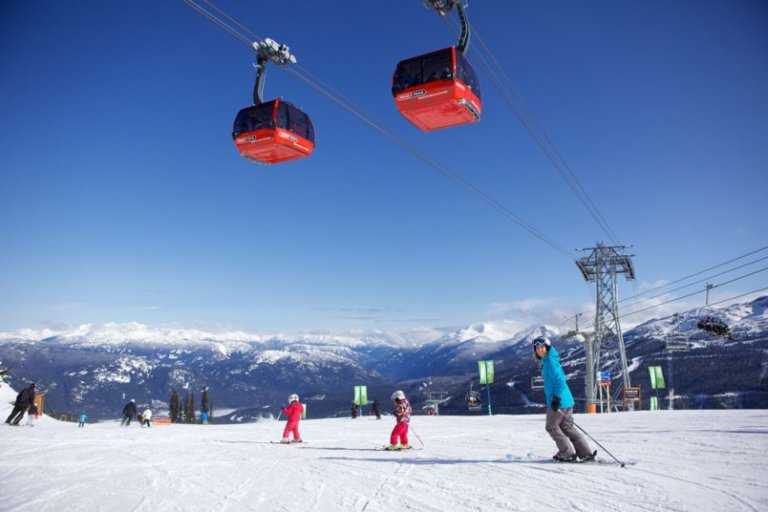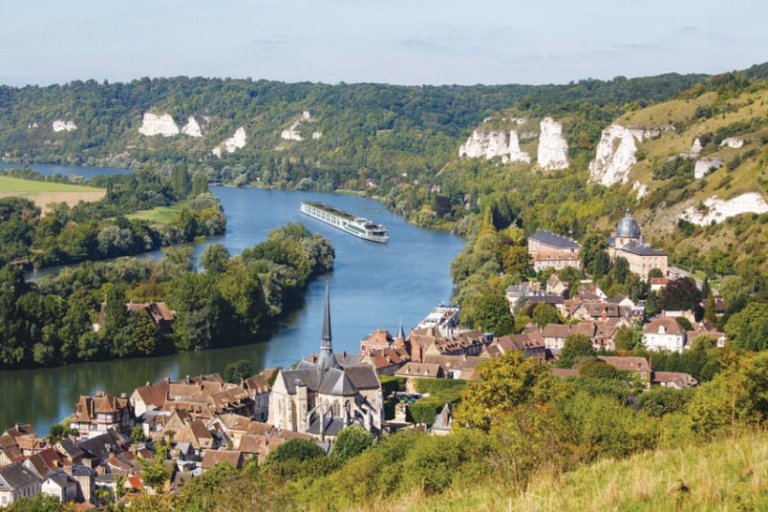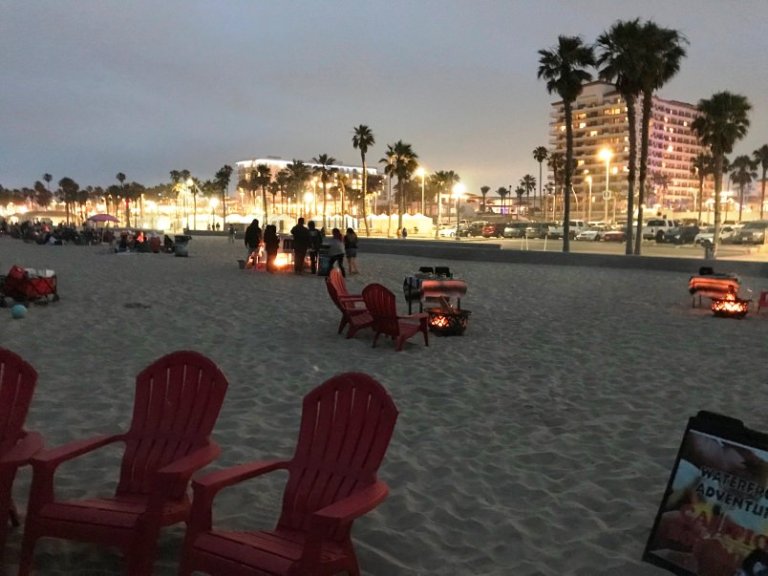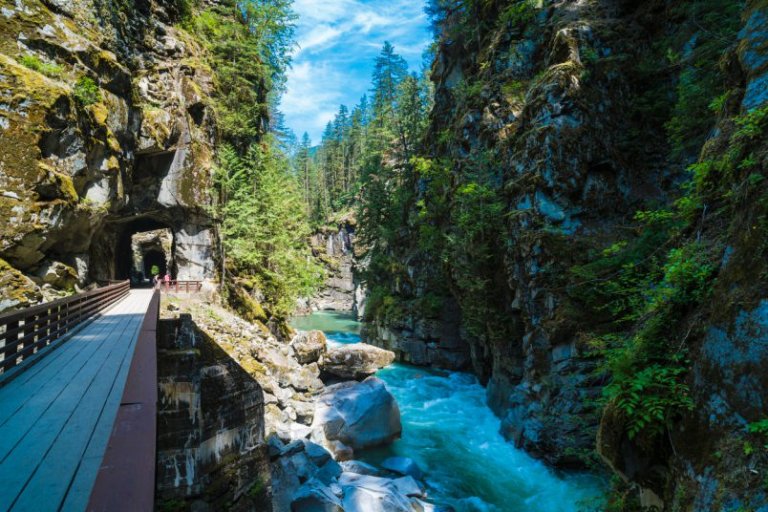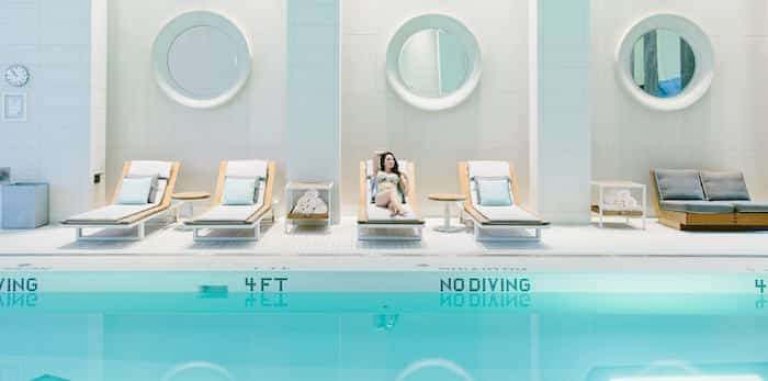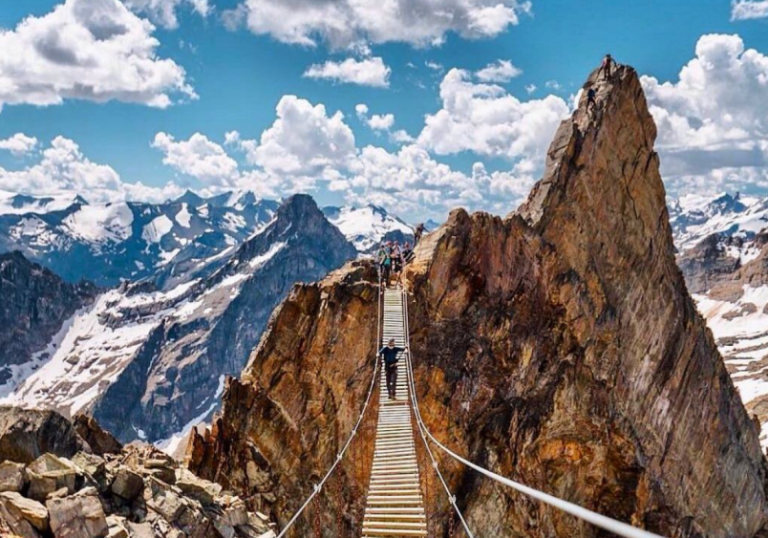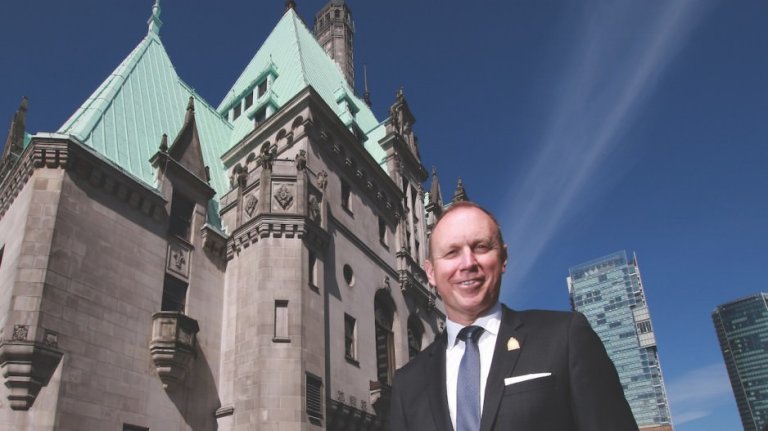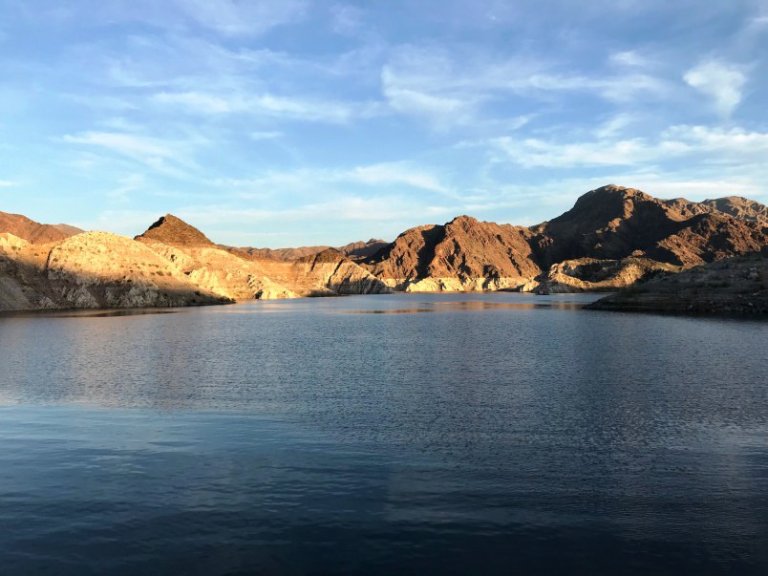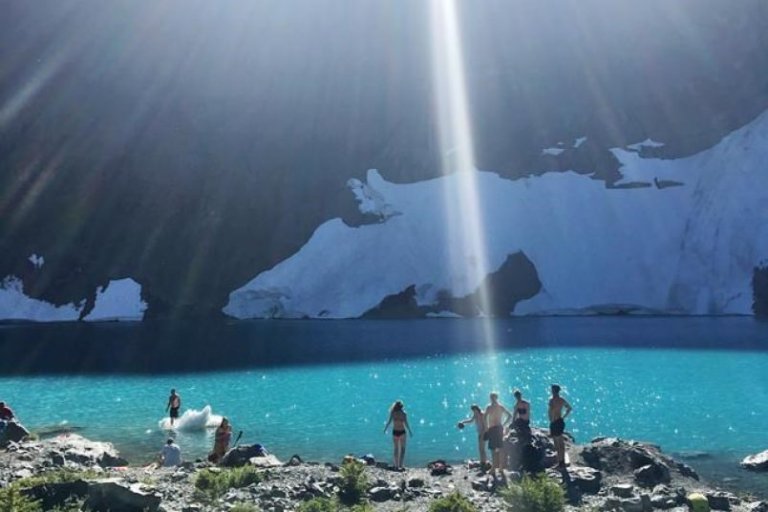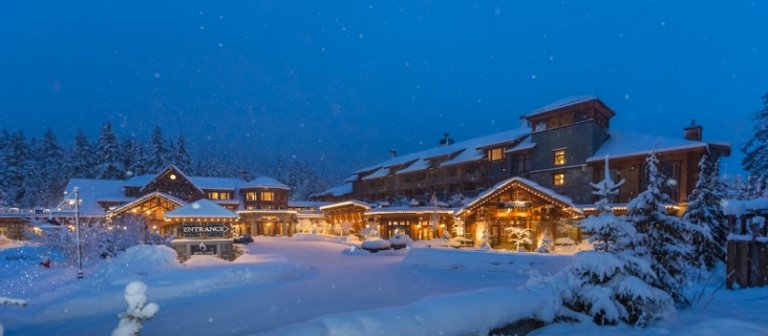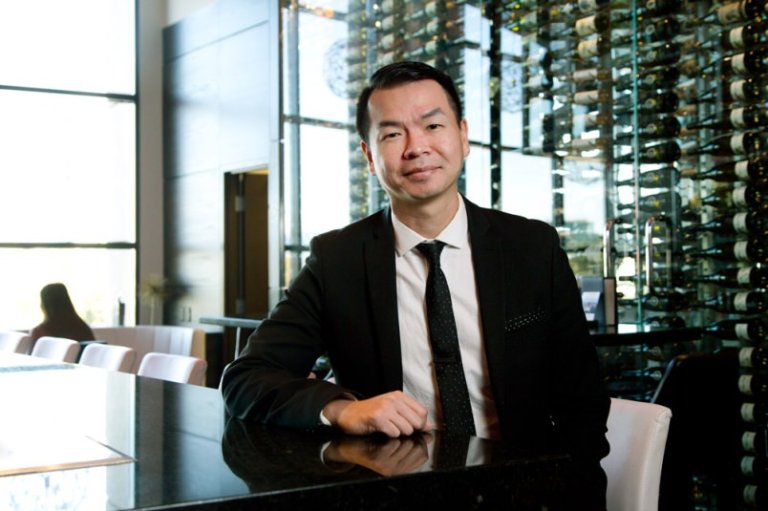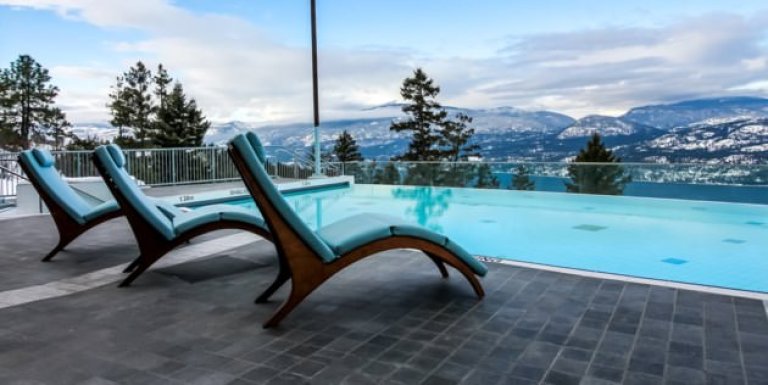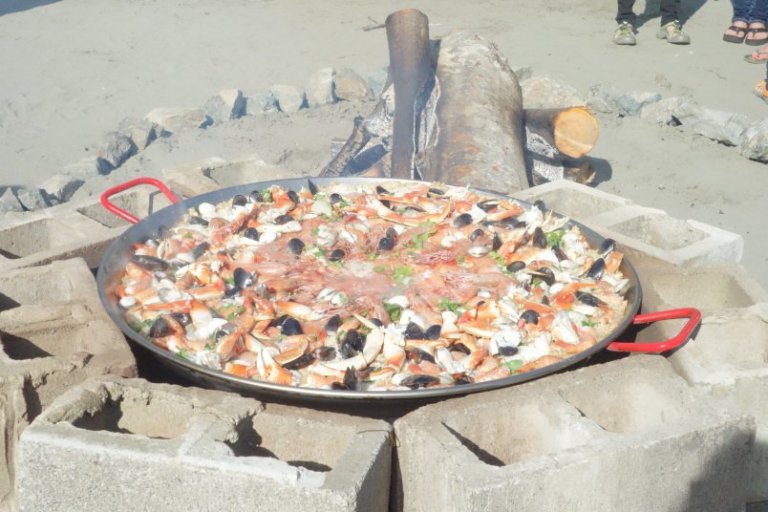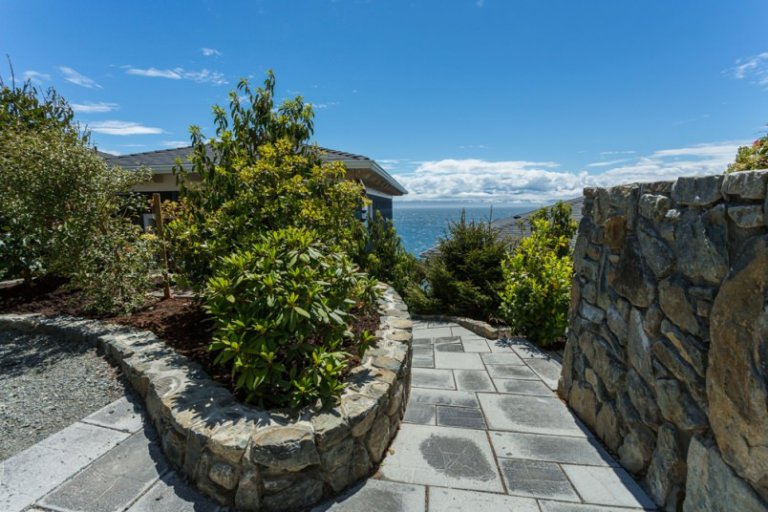Back
Rome's treasures revealed on foot, by bicycle
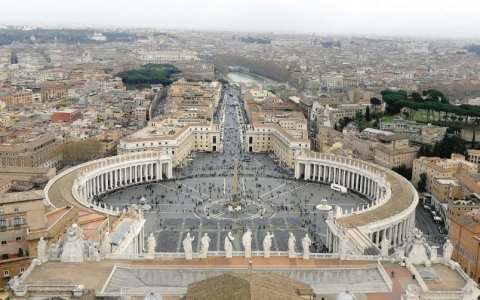
Like hordes before us, we entered Rome through its northern gate. We had rented a terrace apartment in an old marble-filled building in the Flaminio neighbourhood, just outside the ancient city walls. Each day, we kept pace with Romans bustling to work and flowed through the Porta del Popolo, built in the late 1400s as a grand entrance to the city.
Centuries before we arrived, barbarian tribes (so named by the Romans) stormed in here and sacked the city. Martin Luther also travelled this way. He came in the early 1500s to live in a monastery, from which he observed the church and the pope close up, just nine years before he and his ideas rocked the world. Later, there was Queen Christina of Sweden, who in 1654 converted to Catholicism, abdicated her throne and rolled into her adopted city through Porta del Popolo dressed as an Amazon and riding in a chariot.
Unlike the Visigoths and the Gauls, and unlike the queen, my family and a friend came in peace and attempted to blend in with the Romans. And while Luther might not have liked what he saw, we did — very much.
The first morning, in a haze of jet lag, we paused to get our bearings after passing under the arch. To our left, a ragged woman hoping for alms sat on the steps of Santa Maria del Popolo. Inside the church, works by Caravaggio, Raphael and Bernini belied the simple facade, its travertine dirtied by soot. With 10 days stretching before us, I figured the artwork could wait.
In front of us, the vast expanse of Piazza del Popolo made a warm welcome. Sun bounced off its cobblestones. In its corners, sculptures representing the four seasons gazed at indifferent passersby. An obelisk pilfered from ancient Egypt in the early days of the Roman Empire soared. On stairs at its base, young people smoked cigarettes and worked their smartphones. A pair of matching churches, one behind scaffolding, marked the far side of the square. Radiating out from them, three main roads led more deeply into Rome. Which to take?
We opted for the centre road and passed a restaurant called Dal Bolognese, after a city in Italy renowned for its cuisine, storefronts of Italian designers such as a.testoni and Boggi, and leather-goods stores. Clearly, we had chosen well.
We wound through a maze of tight streets, where shopkeepers chatted with neighbours as they opened for business. A truck loaded with topiaries and bright flowers tooted its horn, nudging its way among pedestrians. Then we landed at our breakfast spot, a café that predates the United States.
At Antico Caffe Greco, circa 1760, we sat on red velvet banquettes set against art-covered walls. Officious servers in crisp black suits brought us pastries, cappuccinos and a hot chocolate nearly as thick as pudding.
When we stepped back outside, we practically stumbled onto the Spanish Steps. Just down the street, that staircase rose from Piazza di Spagna, surprisingly empty for one of the city’s top attractions.
Such unexpected discoveries would occur again and again. Rome is strikingly compact — even as its hold on us looms large.
Within its ancient walls, just 19 kilometres around, lie many of the city’s iconic gems: the Colosseum, the Pantheon, the Trevi Fountain. We walked nearly everywhere, moving between epochs in a matter of minutes. We shot past the 28 BC tomb of Augustus on our way to the Baroque Piazza Navona, all the while navigating the bustle of modern-day Rome.
It could be said that I walked amid ancient Rome twice — or at least its marble. The first time was when I toured that era’s Colosseum and Roman Forum.
The second time was when I explored Vatican City.
The Forum is a romantic puzzle of tumbled buildings and suggestive columns, though it was once a gleaming plaza paved with marble and lined with marble temples and buildings. After the fall of the Western Roman Empire in the fifth century, Romans turned away from the Forum, cows grazed the grounds and some of the marble was hauled away to be used for the next big thing: St. Peter’s Basilica.
“The Romans were great recyclers,” said our tour guide, who painted vivid pictures of the Colosseum, the Roman Forum and the Palatine Hill, where the ruling class of the empire had lived. “The place had been abandoned, so it was like picking through a junk pile.”
A spectacular junk pile, with remnants of temples that still reach to the sky, weathered marble blocks and a majestic symmetry that remains amid the ruins. During an afternoon, we learned how early Romans managed to construct the Colosseum, the largest amphitheatre ever built, beginning in AD 70.
Turns out that concrete made of Roman soil has an especially strong quality. It helps, too, that those ancient innovators bored holes through each piece of a column, lined them up and then poured molten metal inside.
By chance, we toured the site on March 15, the Ides of March and the anniversary of the 44 BC assassination of Julius Caesar — a death that presaged the transition from the Roman Republic to the Empire.
More than 2,000 years later, people were still paying their respects. Some wore wreath crowns in his honour. Flowers piled up where his body had lain.
I wasn’t so moved by Caesar, but a few mornings later, Michelangelo demanded my devotion.
We had risen early and gathered with a small group for an early-morning tour of the Vatican. Our guide — petite but commanding — handed us earpieces and marched us to a line outside the Vatican Museums. Hundreds of people waited with us, a mere fraction of the number that would descend when the museums opened to the public.
Once inside, she sped the group to the Sistine Chapel, where we could marvel at the crowning work by Michelangelo in relative peace. It was glorious. How could a man so cranky (he didn’t want the job) and uncomfortable (he refused to lie down on scaffolding, as most ceiling painters did) and who had previously worked only as a sculptor (the pope insisted he paint) create such beauty? Well, it is a holy space.
Neighbourhood Church
Most days, we roamed the city. One day, we rented bikes at Villa Borghese, a giant hilltop park with manicured gardens, a lake and sculptures and temples scattered in the greens. Another day, we explored the Borghese Gallery, a palace-turned-museum in the park that brims with enthralling Italian masterpieces. We explored the crooked streets of Trestavere, where we ate pizza next to multi- generational Italian families out for Sunday dinner. We shopped, bolstered with gelato. We tipped a street violinist wearing kelly green suede loafers, proving that Italians of any economic means know how to dress.
And every day, we passed by Santa Maria del Popolo on our way back home. Twice, I tried the church’s door and found it locked. Just as often, I creaked the door open to find a service underway, a priest’s singsong lulling a handful of parishioners.
On my last full day in Rome, I checked the church’s schedule, eager to study the artwork tucked into its side chapels. Santa Maria would be open until 7 p.m. At 6:45, I arrived, heard a sermon underway and slipped into a back pew to wait. Communion came, and I witnessed a parade of takers: a tattooed hipster, a dusty workman, a woman in fur accompanied by a dog.
But when the service was over, it was clear I had missed my chance. The caretaker gently shooed out the parishioners, and me with them.
I had caught only glimpses of the Berninis and the Caravaggios after I rose from my pew. But Santa Maria is a working church for Romans — one whose artistic treasures are, literally, an aside — not a museum for tourists. In that way, it is much like Rome itself.
Outside the church, I heard the door lock behind me. I turned and walked through Porta del Popolo, and the wonders of Rome, one last time.
Preparing for your trip
Rome is remarkably walkable, with delights — art, ancient ruins, great food — at every turn. You could easily enjoy days of aimless wandering. But for targeted strikes, I followed the advice of these great resources:
City Secrets, Rome: This unusual guide book is a compilation of insider tips from an eclectic mix — architects, authors, scholars, art curators — organized by neighborhoods. It led to many hidden gems.
Blue Guide, Rome: At times, I have found Blue Guides oppressive with their in-depth dissections of art, architecture and archeology. In Rome, where history runs deep and nearly every church holds treasures, I turned to it again and again.
Elizabeth Minchilli: An American-turned-Roman (a fortune of marriage), Minchilli shares her knowledge through books including Eating Rome, her blog Elizabeth Minchilli in Rome, and an app, Eat Italy. She also offers private tours and culinary experiences in the city and beyond. Plan ahead; I tried to book a wine-and-cheese day trip to Orvieto, but her schedule was full. Still, we ate quite well following her suggestions.
By: Times Colonist
GuidedBy is a community builder and part of the Glacier Media news network. This article originally appeared on a Glacier Media publication.
Location
Related Stories
-
Local Attractions Whistler
Top Summer Activities in Whistler
The snow is melting, the birds are chirping, and the flowers are starting to bloom. Sumemr has finally arrived in Whistler! If...
-
Beauty & Wellness
Summer Hikes in Vancouver: A Detailed Guide
If you're looking for a great way to take in the sights and sounds of summer, consider going on a hike. Vancouver is home to...
-
Local Attractions Whistler
Backcountry Bounty
Whistler is bracing for a busy season beyond the ski area boundaries. The backcountry is beckoning like never before as skiers...
-
Cruises
5 ways to experience Desolation Sound
Sponsored Content Go Cruising The 4-night Desolation Sound Wilderness Discovery Cruise is a sensational experience unlike...
-
Local Attractions Vancouver
8 awesome things to do in Whistler besides ski and snowboard
While skiing and snowboarding are a great deal of fun, Whistler offers a plethora of fun activities that you must try. From...
-
Travel Squamish
BC AdventureSmart encourages chasing waterfalls — safely
In her 15 years with the AdventureSmart program, B.C. executive director Sandra Riches said the severity of waterfall-related...
-
Transportation Richmond
Canada has one of the most powerful passports in the world, report finds
The Henley Passport Index has released its third quarter ranking of the world’s most powerful passports and Canada ranked among...
-
Cruises Vancouver
‘Dreams of Tahiti’ cruise one for the bucket list
It’s hard to describe all of the colours of the ocean surrounding the Society Islands, an archipelago in French Polynesia...
-
Local Attractions Vancouver
Escape to Whistler
Handcuffed inside a jail cell, joined by my husband, his daughter and her family, we began a frantic search for the keys we...
-
Hotel
Family-friendly beach destination stretches along the shoreline of the Salish Sea
Once upon a time, when our son was much younger and so were we, there was a quirky, one-building grocery shack with goats...
-
Local Attractions
Luxury and eco-wilderness adventures meet in Haida Gwaii
When I set off for a five-day trip to the new Ocean House Lodge in Haida Gwaii, I was expecting a luxurious eco-wilderness...
-
Resorts Vancouver
Meet the one-stop booking experts for Whistler Blackcomb
Sponsored Content While planning a vacation can be a fun and exciting exercise, it helps to know what to do, where to stay,...
-
Cruises
Sailing down the Seine on the ‘Scenic Gem’
Is Benedictine really a secret elixir originally created by a 16th century monk? Or was Alexandre Le Grand, the wine merchant...
-
Tours Richmond
The best of Huntington Beach -- in 36 hours
Set against a backdrop of 10 miles of pristine white-sand beaches, part of the draw of Huntington Beach CA is that...
-
Transportation Vancouver
The ‘Uber’ of private jets? Canadian pilot brings private air travel to the masses
Is it the ‘Uber’ of the private jets? Not exactly — but Jettly, a web and single app charter booking platform that...
-
Local Attractions Vancouver
The ultimate guide to the most remarkable summer hikes and trails in B.C.
If you live in Vancouver, you’re acutely attuned to the changing of the seasons. The cold, wet winters let up slowly: sunny...
-
Local Attractions
This B.C. hike takes you through a network of mysterious tunnels
Built in the early 1900s, the Othello Tunnels were constructed by the Canadian Pacific Railway to link the Kootenay Region with...
-
Hotel Vancouver
This B.C. hotel ranked #1 in all of Canada
U.S. News & World Report revealed a list of the best hotels in Canada and a B.C. hotel claimed the top spot. Known for...
-
Local Attractions New Westminster
This B.C. suspension bridge soars 2,000 feet high in the mountains
If you feel intense trepidation upon crossing the Capilano Suspension Bridge, the Mount Nimbus Suspension Bridge might not be...
-
Local Attractions
This jaw-dropping frozen lake in B.C. has the longest skating pathway in the world
While it isn’t uncommon for a lake to freeze over in B.C., not all frozen lakes are created equal. Take, for...
-
Hotel Vancouver
Vintage hotels double as city tourist attractions
Hotels that have been around for 80 years or more can cost a fortune to keep in good condition, but owners say they are proud...
-
Family Fun
Winter offers a whale of a time on Maui
Maui is a thief, so naturally alluring that only when back home do you realize something is missing in your life. Not...
-
Local Attractions Vancouver
Your guide to houseboating on Lake Mead
Looking up from the top deck of our rental houseboat on Lake Mead, the night sky above us was alive with stars — thanks to a...
-
Local Attractions Vancouver Island
Landslide Lake offers breathtaking views on Vancouver Island hike
Cradled below towering mountains at the centre of Vancouver Island is a lake whose name tells the landscape's...
-
Local Attractions Vancouver
Whistler off-road course unleashes a whole new Porsche
There are few instant images that pop to mind when you put the brands “Whistler” and “Porsche” together. Maybe you’re...
-
Hotel
Whistler Wellness
Need to hit the reset button? Head to Whistler. Many of us associate Whistler with exhilarating outdoor activities: skiing...
-
Casinos Burnaby
Profiles of Excellence: Grand Villa Casino Burnaby
Sponsored Content Consider this the treasure map to a hidden gem in the heart of Burnaby and just moments away from downtown...
-
Resorts Okanagan
Weddings at Sparkling Hill in Vernon are no longer a thing
If you’ve thought about having your wedding at Vernon’s Sparkling Hill, you’ll need to find another venue. The resort has...
-
Tours New Westminster
Eat your way through Portugal on a trip with Chef Dez
One of the biggest influences of my career, and what I enjoy the most, is the inspiration and interaction of people. To put...
-
Local Attractions Vancouver
Here’s what these strange granite markers in Kitsilano mean
Kitsilano resident Réjean Beaulieu walks his dog by the intersection of West 11th and Maple Street most days. On one...
-
Local Attractions Vancouver Island
A Luxurious Maritime Weekend in Sooke
This summer, my friend Lucienne and I escaped smog-blanketed Vancouver for a few days in Vancouver Island’s seaside town of...
-
Casinos Burnaby
Burnaby casino restaurant showcases elegant dining room, local ingredients
Sponsored Content In the beautifully appointed Grand Villa Casino and Delta Hotels Burnaby, Atlas Steak + Fish delivers...
